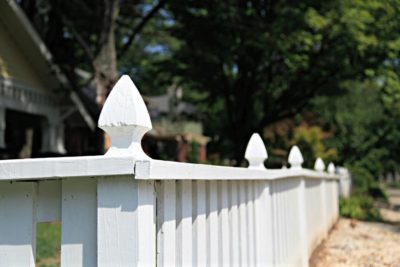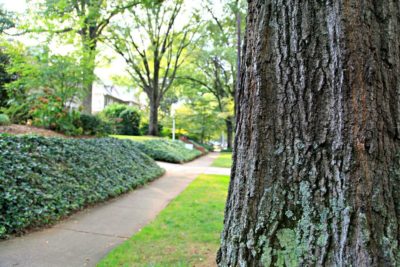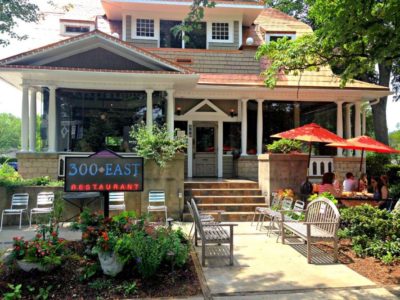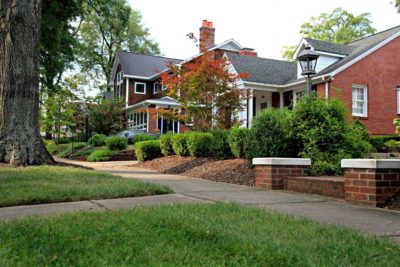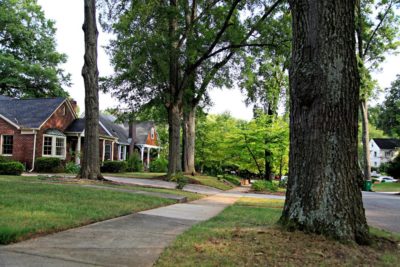Dilworth
The Dilworth neighborhood was Charlotte’s first streetcar suburb and was originally established in the 1890’s by Edward Dilworth Latta on 250 acres just southwest of the original city limits. It included the Joseph Forsyth Johnson designed Latta Park and was planned using a grid pattern similar to the city’s original four wards. Dilworth was initially designated the Eighth Ward.
Freedom Park connects the highly sought after communities of Dilworth and Myers Park, while Sedgefield Park serves as Dilworth’s connection to Sedgefield. Much of the neighborhood is now listed on the National Register of Historic Places as the Dilworth Historic District. The district encompasses 1,389 contributing buildings and 1 contributing structure. The district was listed in 1987, with a boundary increase in the year 2000. Charlotte’s largest hospital, Carolinas Medical Center, is located in Dilworth. This 861-bed teaching hospital is the region’s only Level 1 trauma center.
Similar to the popular Myers Park neighborhood, the streets of Dilworth also feature stately, mature oak trees, sidewalks, and southern style homes with nice large front porches.
The homes are primarily bungalows — with the occasional Queen Anne — as well as some larger, two-story Colonial Revivals lining Dilworth Road East and West. East Boulevard serves as the main thoroughfare through the Dilworth neighborhood.
East Boulevard is lined with restaurants, offices and shops, many of which are located in renovated homes giving it a classic look with a charming appeal. Dilworth’s shopping experience is mostly boutique due to the in-home feel, but includes everything one might need from the larger chain grocery stores like Harris Teeter, gift shops like the Paper Skyscraper and Cottage Chic, to the phenomenal restaurant scene with staples like 300 East, Bad Daddy’s Burger Bar, Copper, 131 Main, Ed’s Tavern, and the more recently established but very popular Bakersfield.

